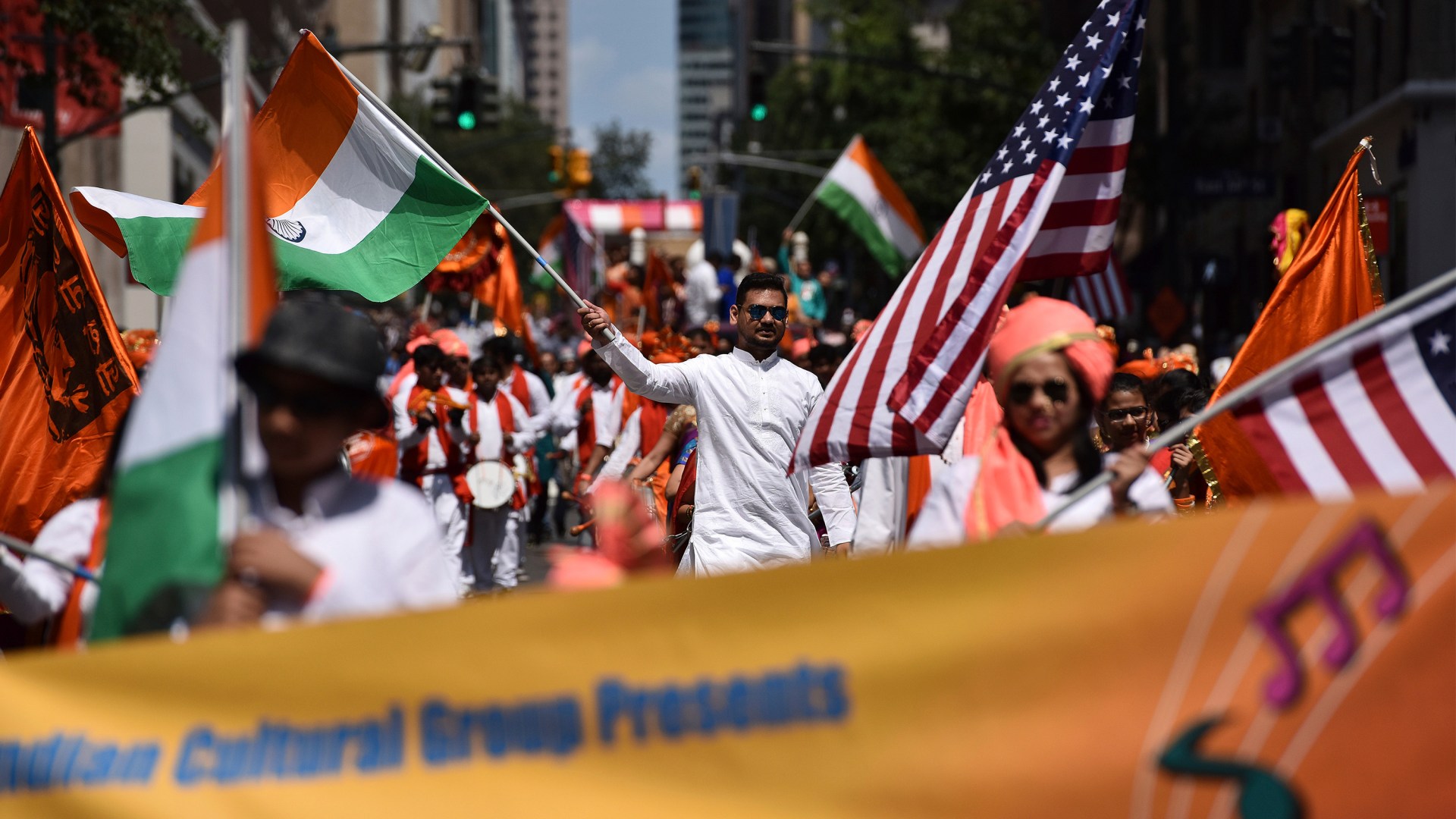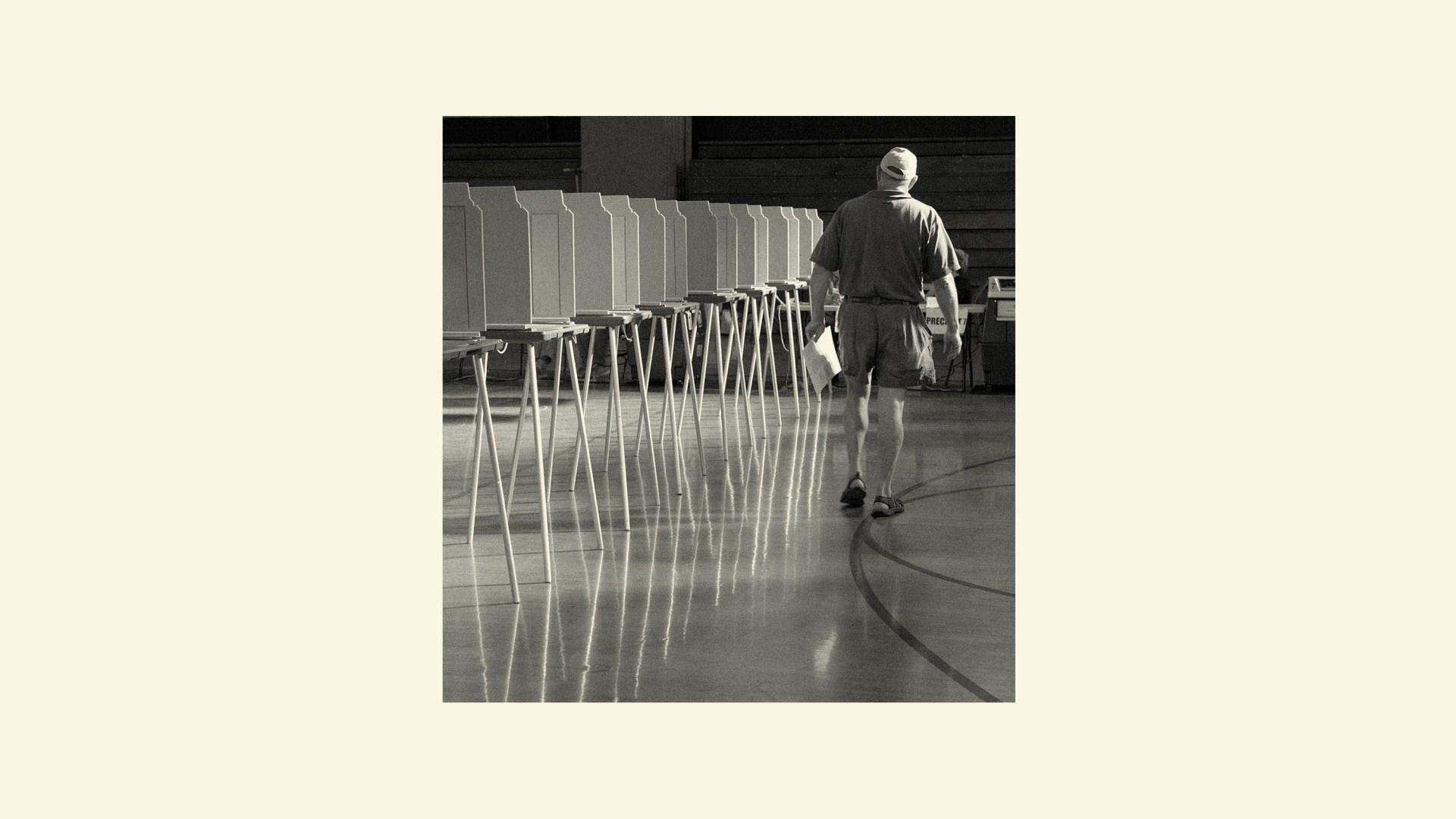One of the worst feelings in the world is seeing a disaster unfold that you can’t stop. The car crash you see happening a split second before impact. The sick person you can diagnose but cannot cure. An avalanche rolling down a mountain, when you know nothing can be done to stop it. A category five hurricane heading your way, promising to bring untold destruction.
For a growing number of people, climate change evokes this very feeling. As new temperature highs are smashed every couple of years (with 2023 breaking all previous global average temperatures in the last 100,000 years), the earth’s changing climate feels like watching a train wreck happen in slow motion.
Record-breaking floods, wildfires, and storms slam into government indecision, political apathy (or denial), and personal entitlement. In just the past month, monster hurricanes Helene and Milton ripped through Southern US states, leaving communities devastated. The growing disparity between the scale of the challenges we face and the tiny amount of power any regular person has can fuel a sense of despair and anxiety.
People process large-scale disasters in different ways. A great many opt for denial, ignorance, or apathy (“there’s nothing I can do, so why try?”)—and there’s little to be done about them except to continue spreading awareness and education.
But for those who believe the warnings, there are two common ways of reacting. The more optimistic folks want to believe the best-case scenario; that a solution is plausible and within reach—that with just the right amount of coordinated effort, we can pull this off and change the world, perhaps even within a generation or two. While the more pessimistic people want to hear the worst-case scenario so they can expend their energy and effort carefully and with the long road ahead in mind—they know it’s foolish to sprint at the beginning of a marathon.
I noticed these two different reactions at the beginning of COVID-19 lockdowns at my Oxford college. Some people were confidently telling us, “This will all be over in three months—we will be back to normal by September!” I walked around in my Eeyore-ish way saying, “Well, historical data suggests it will be at least a year, maybe two, before anything like normal life will resume. We better get used to this.”
I genuinely thought I was helping people by setting out a reasonable goal, so they wouldn’t have the sense—which I hate more than nearly anything—that the finish line keeps moving each time you approach it. But many of my more optimistic friends felt like I was crushing their hope. My attempts to always consider the worst-case realistic scenario eventually earned me the affectionate nickname “the Prophet of Doom.”
Regarding climate change, here is my “doomsday prophet” take: In one sense, the anxiety people feel is justified by the grim facts. The world is experiencing changes that are rapid and widespread and will bring intense suffering to hundreds of millions, if not billions, of people.
We are in the grip of a serious global substance addiction to fossil fuels. The difficult truth to face is that we have already burned enough oil and natural gas to throw the climate into a new norm. The longer we burn fossil fuels, particularly at the furious rate we’ve become accustomed to, the worse it is likely to get.
Fossil fuels have brought us so many good things. Longer, better-fed lives. Less infant mortality. Rapid and cheap travel. We don’t want to lose the many benefits of our fossil-fuelled culture. But nor do we want to see our futures burned up by unbridled consumerism or thoughtless greed.
As with any serious addiction, withdrawal feels painful, is costly, and—when done poorly—can be deadly. In fact, the dramatic changes needed to curb our addiction would likely mean tremendous suffering and probable loss of life.
Think about it: We’ve built our entire developed world to depend on large-scale agriculture, the quick and efficient transportation of food and goods, and houses dependent on energy-intensive heating and cooling systems. If we cut off the oil that is a lifeblood to these systems, people can die.
As the climate warms, these heat events will become more frequent, but the most effective way to lessen their death toll is to use even more energy to create cool spaces. It is a vicious cycle—one that doesn’t stop at temperature changes.
Likewise, the staples of our diet come from an unsustainable agriculture system. One study found that 1.78 billion people are fed by crops that depend directly on fossil fuel–generated fertilizers—which, when overused, can poison waterways and damage the soil’s productivity over time.
All this shows what a wickedly complex problem climate change is. Scientifically, it involves biodiversity loss, water and air pollution, ocean acidification, biogeochemical flows, and ecological system breakdown. Socially, it involves technology use, sustainable development goals, cultural norms, population growth, economic and political systems, religious beliefs, and psychological and physical limitations.
The reason climate change is so difficult to talk about is that bringing up any one issue is like pulling on a thread in a spiderweb: Every other thread in the web vibrates in response. We feel powerless to effect the changes we would like to see when simply meeting the needs of each day feels like an uphill battle. And so, the anxiety builds—until the anxiety itself feels like part of the avalanche threatening to tumble down on us. Is there any hope at all?
The short answer is yes. In fact, I think this is the time for radical hope. I first encountered this term in Jonathan Lear’s excellent book Radical Hope: Ethics in the Face of Cultural Devastation. Lear explores the history of the Crow tribe in the mid-1800s as they responded to the changes brought by western settlement of their territories in Montana.
The key figure in the book is the Crow chieftain Plenty Coups, who spent his life leading his people through those often-traumatic changes with one key insight: The old nomadic way of life chasing the buffalo was inescapably and irretrievably lost. How could his people hope when the very possibility of a meaningful Crow life was being destroyed? They had to learn to live a new way of life. Even their core values, like what it meant to be courageous, had to be re-formed in a culture where traditional warrior acts of courage were illegal.
Radical hope, then, is the hope that is formed when all our previous hopes are gone. Radical hope was the kind God provided the Israelite exiles in Babylon when he said,
Build houses and settle down; plant gardens and eat what they produce. Marry and have sons and daughters. … Seek the peace and the prosperity of the city to which I have carried you into exile. … Do not let the prophets and diviners among you deceive you. Do not listen to the dreams you encourage them to have. (Jer. 29:5–8)
This passage comes before the familiar words in verse 11: “‘For I know the plans I have for you,’ declares the Lord, ‘plans to prosper you and not to harm you, plans to give you hope and a future.’” Yet God’s good plans were not for that generation to return home to the way things had always been. Instead, their hope and future lay in investing in exile. Like the Crow, they accepted the reality that their old lives were gone and had to be made anew.
In the same way, for us, radical hope means settling down in our own exile and waiting for God’s promise to be fulfilled beyond the scope of our own lifetimes.
We are just beginning to see the consequences of a crisis that will characterize the world in future decades and realizing that all our goodwill—all our recycling, paper straws, and bamboo toothbrushes—will not avert the behemoth of climate change. The juggernauts of economy and politics are simply too strong for our small acts to make much difference.
In 2016, 195 countries joined the Paris Agreement, a pact to try to keep climate change from exceeding a 1.5-degree Celsius (2.7-degree Fahrenheit) change. That hope of keeping the world under 1.5 degrees is now gone, but there is still a place for radical hope.
What does this radical hope look like in our everyday lives?
For me, it looks a lot like the old serenity prayer: “Lord, give me the serenity to accept the things I cannot change, the courage to change the things I can, and the wisdom to know the difference.” Worked out practically, it means planning my energy to try to make the most difference I can with the choices I make and the tools I have.
One tool that helps me budget my attention and energy well is called the “spoon theory”—which I heard about from my friends with chronic disabilities. It is a way to measure the effort you have to expend when illness prevents you from doing all you want to in a day. In short, spoon theory asks you to imagine your daily energy level as a certain number of spoons. Then you divide up your daily tasks based on how much energy each one takes: two to get up and dressed, six for grocery shopping, three for making a meal, and so on.
I do a similar thing with creation care. I generally use half of my spoons of environmental energy for advocacy and trying to change systemic and political institutions: voting, writing letters to political leaders, mobilizing and educating people. The other half I use on the smaller, more psychologically rewarding but less impacting works: restoring a stream bank, researching and substituting better products into my life, scouring thrift shops.
The effort I spend throwing my tiny bit of democratic influence into pursuing systemic change rather than trying to pursue a perfect private life means that my toothbrush is still plastic, and my infrequently driven car is still gas-powered—but I have a greater chance of making a large-scale difference than if I put all my efforts into making my private life perfect.
When cultural models either deny climate change or give up every good of modern society and live with perfect integrity off-grid on an organic farm, I’ve found that spoon theory helps me manage the perfectionism that could overwhelm and kill the possibility of doing real, concrete good without feeling overwhelming guilt about all I cannot do.
Western culture is deeply avoidant of some of life’s basic realities: sickness, suffering, death. Some try to cheat them with ever more elaborate uses of fossil-fuelled power, such as cryogenic freezing.
But as Christians, our ultimate source of radical hope is found in the Easter story. Jesus did not avoid intense suffering and death but accepted, endured, and overcame them. And in doing so, he made a way for the radical hope of resurrected life. The Christian hope is not in avoiding or cheating death or suffering, but in walking through it with courage and virtue while we anticipate the hope of resurrection and life everlasting in God’s new creation.
As natural disasters strike, as food insecurity increases, as human migration intensifies, we remember Jesus’ words: “In this world you will have trouble. But take heart! I have overcome the world” (John 16:33). And because of his victory, we can live out our radical hope by loving mercy, acting justly, and walking humbly with God in difficult times.
Bethany Sollereder is a lecturer in science and religion at the University of Edinburgh. She specializes in the theology of suffering and has written Why Is There Suffering?: Pick Your Own Theological Expedition, the world’s first theological “choose your own adventure” book.

































































